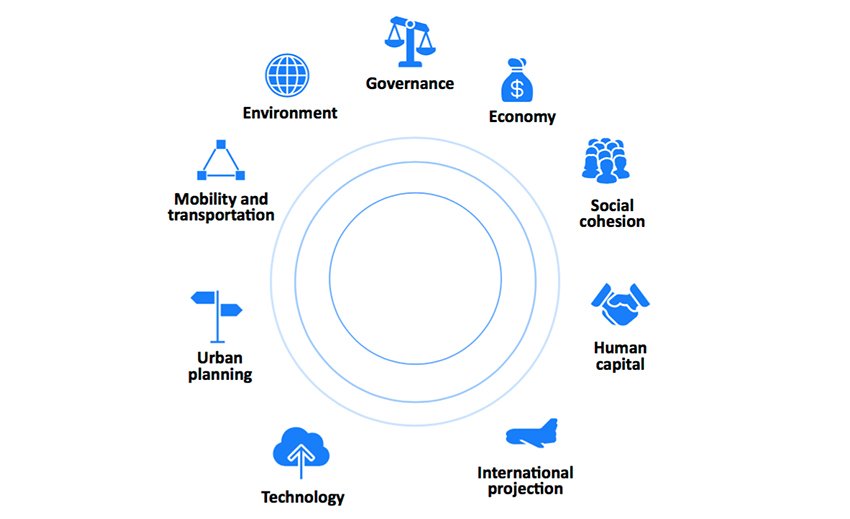The 2020 CITIES IN MOTION Index ranks 174 major global cities in terms of development. A ranking with a particular resonance in this year marked by a global pandemic.
Among the nine criteria taken into account: human capital (attracting and retaining talent), social cohesion (inclusion, promoting diversity and meeting the needs of each community), sustainable amenities and solutions, good governance and mobility. This year, a new criterium has been added: the cities’ resilience following Covid-19.
And the winner is…London!
The English capital owes its first place to good performance in most categories. New York is 2nd, followed by Paris. In the top 10 are Tokyo, Reykjavik, Copenhagen, Berlin, Amsterdam, Singapore and Hong Kong. At the bottom of the ranking: Lagos (Nigeria), Lahore and Karachi (Pakistan) and Caracas (Venezuela).
However, London doesn’t perform in every category: the metropolis achieves its best results in the areas of human capital, governance, urban development, mobility, transport and technology. In contrast, its scores are quite low in terms of social cohesion (64th) and environment (35th).
European cities occupy 27 of the top 50 world places. There are also two Belgian cities in the list: Brussels (41st place) and Antwerp (76th).
Covid-19 and resilience
In the unique context of the global pandemic this year, the findings of this study emphasise the essential change in the needs and priorities of urban populations. They also stress the need for cities to adapt their policies and for government-private partnerships.
Here are some of the main conclusions of CITIES IN MOTION.

The nine criteria taken into account by the CITIES IN MOTION index. © : IESE.
People first
The Covid-19 crisis has made it clear that smart urban design involves first and foremost caring about the quality of life of its inhabitants. When the citizens are suffering, the city itself is threatened as well. Hence the importance of development policies that will lead to decent jobs, for instance, or that leave no category of the population behind.
A new strategy for a new environment
In a number of large cities, social distancing measures will make low-cost mass tourism difficult. It will be necessary to rethink the transport offer to guarantee minimal distance between the passengers and adapt the way residents use green spaces.
Integrating resilience in urban strategy
Up until now, only natural disasters were taken into account in the management of a city, and not always for that matter. Covid has shown that the resilience of a city after a health crisis will now be integrated into the development policy of a city.
A new collaboration
The study shows that if all actors in a city (the private sector, academia, authorities and civil society) collaborate, cities bounce back faster. In other words, we must stop thinking in silos.
Links between territories
The past decennia, we often saw a hegemony of cities over the countryside. However, the general slowing-down has illustrated their interdependence (the countryside more often feeds the city than the other way around). This reality is an invitation to value and strengthen the links between urban and rural areas.
The economic and social post-Covid recovery will be the main challenge in the coming months. And it is clear cities will have a crucial role to play in this dynamic.
The CITIES IN MOTION index is coordinated by the IESE Business School’s Centre for Globalisation and Strategy, which is part of the University of Navarra (Spain).
Tags: CITIES IN MOTION, IESE Business School´s Centre for Globalisation and Strategy, London, University of Navarra






































